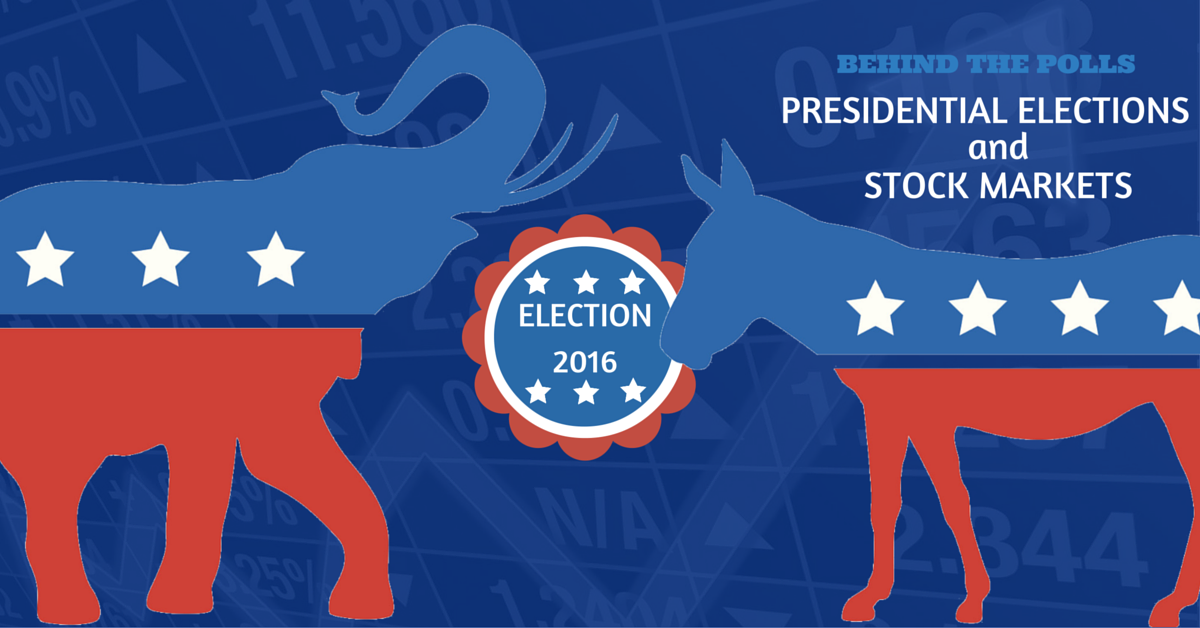
The Coronavirus Aid, Relief, and Economic Security (CARES) Act passed in March 2020 ushered in several measures designed to help IRA and retirement plan account holders cope with financial fallout from the virus. The rules were welcome relief to many people, but left questions about the details unanswered. In late June, the IRS released Notices 2020-50 and 2020-51, which shed light on these outstanding issues.
Required minimum distributions (RMDs)
One CARES Act measure suspends 2020 RMDs from defined contribution plans and IRAs. Account holders who prefer to forgo RMDs from their accounts, or to withdraw a lower amount than required, may do so. The waiver also applies to account holders who turned 70½ in 2019 and would have had to take their first RMD by April 1, 2020, as well as beneficiaries of inherited retirement accounts.
One of the questions left unanswered by the legislation was: “What if an account holder took an RMD in 2020 before passage of the CARES Act and missed the 60-day window to roll the money back into a qualified account?”
In April, IRS Notice 2020-23 extended the 60-day rollover rule for those who took a distribution on or after February 1, 2020, allowing participants to roll their money back into an eligible retirement account by July 15, 2020. This seemingly left account owners who had taken RMDs in January without recourse. However, IRS Notice 2020-51 rectified the situation by stating that all 2020 RMDs — even those received as early as January 1 — may be rolled back into a qualified account by August 31, 2020. Moreover, such a rollover would not be subject to the one-rollover-per-year rule.
This ability to undo a 2020 RMD also applies to beneficiaries who would otherwise be ineligible to conduct a rollover. (However, in their case, the money must be rolled back into the original account.)
This provision does not apply to defined benefit plans.
Coronavirus withdrawals and loans
Another measure in the CARES Act allows qualified IRA and retirement plan account holders affected by the virus to withdraw up to $100,000 of their vested balance without having to pay the 10% early-withdrawal penalty (25% for certain SIMPLE IRAs). They may choose to spread the income from these “coronavirus-related distributions,” or CRDs, ratably over a period of three years to help manage the associated income tax liability. They may also recontribute any portion of the distribution that would otherwise be eligible for a tax-free rollover to an eligible retirement plan over a three-year period, and the amounts repaid would be treated as a trustee-to-trustee transfer, avoiding tax consequences.1
In addition, the CARES Act included a provision stating that between March 27 and September 22, 2020, qualified coronavirus-affected retirement plan participants may also be able to borrow up to 100% of their vested account balance or $100,000, whichever is less. In addition, any qualified participant with an outstanding loan who has payments due between March 27, 2020, and December 31, 2020, may be able to delay those payments by one year.
IRS Notice 2020-50
To be eligible for coronavirus-related provisions in the CARES Act, “qualified individuals” were originally defined as IRA owners and retirement plan participants who were diagnosed with the virus, those whose spouses or dependents were diagnosed with the illness, and account holders who experienced certain adverse financial consequences as a result of the pandemic. IRS Notice 2020-50 expanded that definition to also include an account holder, spouse, or household member who has experienced pandemic-related financial setbacks as a result of:
- A quarantine, furlough, layoff, or reduced work hours
- An inability to work due to lack of childcare
- Owning a business forced to close or reduce hours
- Reduced pay or self-employment income
- A rescinded job offer or delayed start date for a job
These expanded eligibility provisions enhance the opportunities for account holders to take a CRD.
The Notice clarifies that qualified individuals can take multiple distributions totaling no more than $100,000 regardless of actual need. In other words, the total amount withdrawn does not need to match the amount of the adverse financial consequence. (Retirement investors should consider the pros and cons carefully before withdrawing money.)
It also states that individuals will report a coronavirus-related distribution (or distributions) on their federal income tax returns and on Form 8915-E, Qualified 2020 Disaster Retirement Plan Distributions and Repayments. Individuals can also use this form to report any recontributed amounts. As noted above, individuals can choose to either spread the income ratably over three years or report it all in year one; however, once a decision is indicated on the initial tax filing, it cannot be changed. Note that if multiple CRDs occur in 2020, they must all be treated consistently — either ratably over three years or reported all at once.
Taxpayers who recontribute amounts after paying taxes on reported CRD income will have to file amended returns and Form 8915-E to recoup the payments. Taxpayers who elect to report income over three years and then recontribute amounts that exceed the amount required to be reported in any given year may “carry forward” the excess contributions — i.e., they may report the additional amounts on the next year’s tax return.
The Notice also clarifies that amounts can be recontributed at any point during the three-year period beginning the day after the day of a CRD. Amounts recontributed will not apply to the one-rollover-per-year rule.
Regarding plan loans, participants who delay their payments as permitted by the CARES Act should understand that once the delay period ends, their loan payments will be recalculated to include interest that accrued over the time frame and reamortized over a period up to one year longer than the original term of the loan.
Retirement plans are not required to adopt the loan and withdrawal provisions, so check with your plan administrator to see which options might apply to you. However, qualified individuals whose plans do not specifically adopt the CARES Act provisions may choose to categorize certain other types of distributions — including distributions that in any other year would be considered RMDs — as CRDs on their tax returns, provided the total amount does not exceed $100,000.
For more information, review IRS Notices 2020-50 and 2020-51, and speak with a tax professional.
1Qualified beneficiaries may also treat a distribution as a CRD; however, nonspousal beneficiaries are not permitted to recontribute funds, as they would not otherwise be eligible for a rollover.
| IMPORTANT DISCLOSURES Broadridge Investor Communication Solutions, Inc. does not provide investment, tax, legal, or retirement advice or recommendations. The information presented here is not specific to any individual’s personal circumstances. To the extent that this material concerns tax matters, it is not intended or written to be used, and cannot be used, by a taxpayer for the purpose of avoiding penalties that may be imposed by law. Each taxpayer should seek independent advice from a tax professional based on his or her individual circumstances. These materials are provided for general information and educational purposes based upon publicly available information from sources believed to be reliable — we cannot assure the accuracy or completeness of these materials. The information in these materials may change at any time and without notice. This communication is strictly intended for individuals residing in the state(s) of AZ, CA, FL, ME, NY, OH, OK and PA. No offers may be made or accepted from any resident outside the specific states referenced. |
| Prepared by Broadridge Advisor Solutions Copyright 2020. |








